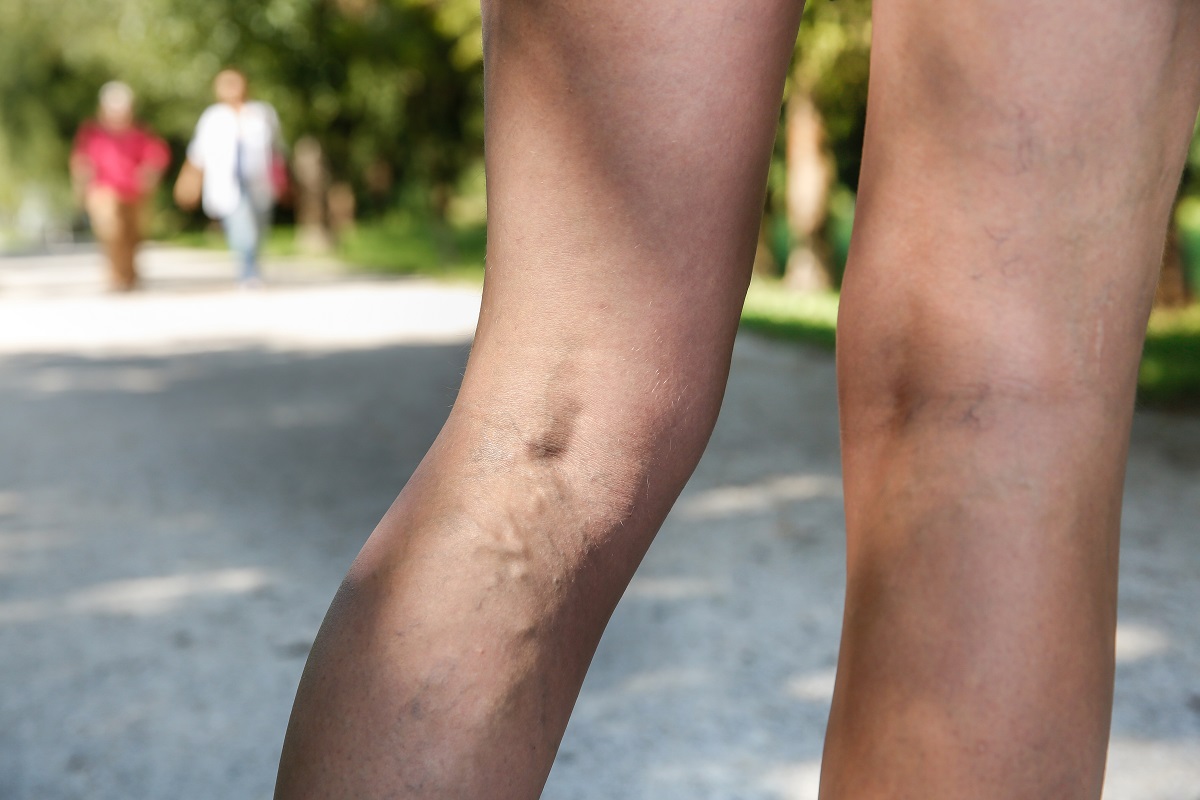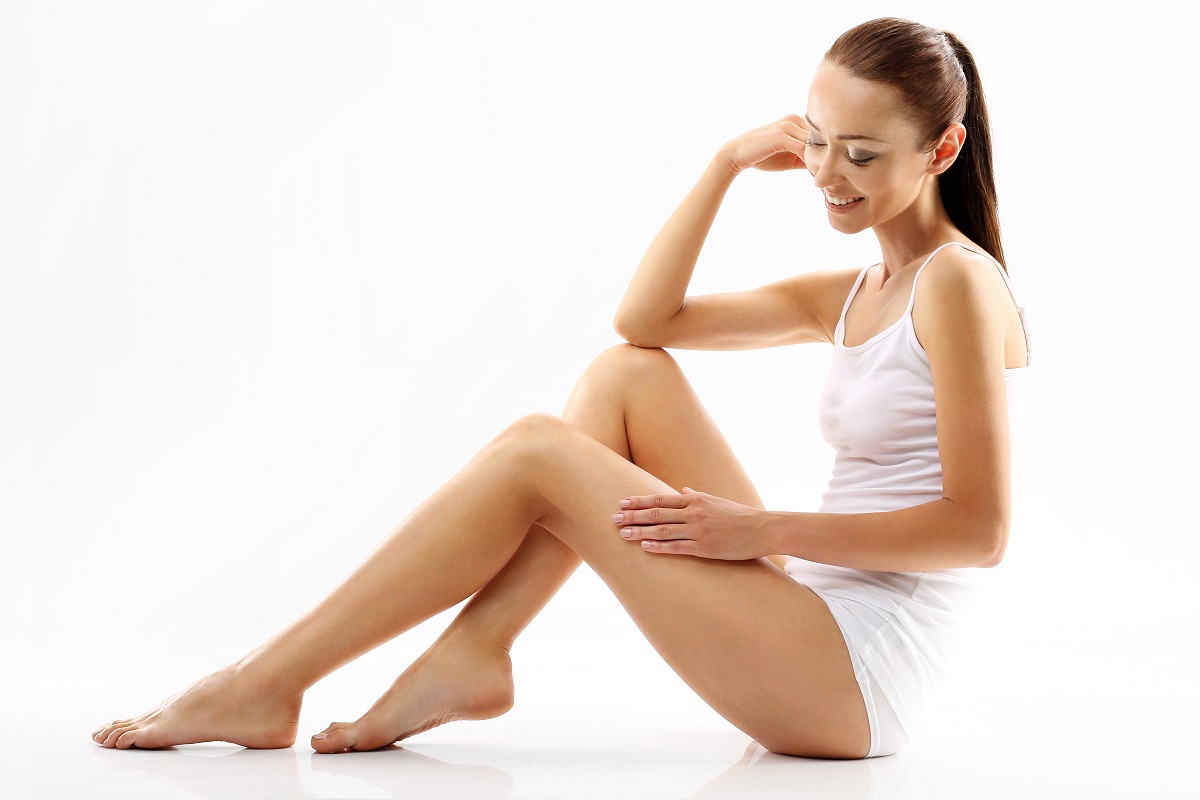- Regular exercise promotes leg health, reducing the risk of arthritis, varicose veins, and joint pains.
- Varicose veins, muscle cramps, and shin splints are common leg-related issues caused by various factors.
- A sedentary lifestyle, obesity, and genetic predisposition can negatively impact leg health and increase discomfort.
- Varicose veins, though often cosmetic, can cause discomfort and complications; early treatment is essential.
- Sclerotherapy, Endovenous Laser Ablation, and Radiofrequency Ablation are effective treatments for varicose veins.
Legs are essential to the body; keeping them in top shape is crucial to overall health and wellness. Strong legs enhance physical appearance and support our whole body, making it easy for people to perform daily activities. Legs that are well cared for are the key to mobility and functionality.
The legs are one of the most prominent muscle groups in the body. They promote good blood circulation and help maintain balance and posture when well-exercised. Exercise also reduces the risk of leg-related problems such as arthritis, varicose veins, blood clots, and joint pains.
People who have a sedentary lifestyle are more prone to developing these illnesses. Walking, jogging, cycling, and climbing up and down stairs are all excellent leg workouts you can do daily to promote good health.
This blog will discuss some ideas to ensure better leg health, reduce the impact of common leg-related issues, and keep your legs in top shape.
Common Leg-related Issues and Concerns
Recognizing and responding to changes in your legs is essential to identify potential problems early on. Some common leg-related concerns include:
Varicose Veins

Varicose veins are enlarged, twisted veins that appear just under the skin’s surface, typically in the legs and feet. They can be blue or purple and may cause discomfort, heaviness, or aching in the affected area.
Varicose veins occur when the valves inside the veins malfunction, leading to poor blood flow and increased pressure. Although often considered cosmetic, they can sometimes cause more severe symptoms and complications.
Muscle Cramps
Muscle cramps are sudden and involuntary contractions of one or more muscles. It occurs in any body part but is expected in the legs. Muscle cramps in the legs can be painful and may last a few seconds to several minutes.
Dehydration, overuse of muscles, and nutrient deficiencies are common causes of leg cramps. Stretching and staying hydrated can help alleviate the discomfort associated with muscle cramps.
Shin Splints
Shin splints, medically termed medial tibial stress syndrome, encompass discomfort and inflammation along the shinbone (tibia). This condition predominantly afflicts athletes or individuals who consistently exert pressure on their lower legs, particularly runners and jumpers.
It can cause discomfort and tenderness along the inner edge of the shinbone. Rest, proper footwear, and gradual progression of physical activities are essential for managing shin splints.
Factors Affecting Leg Health
Many factors contribute to leg health, such as:
Sedentary Lifestyle
Prolonged periods of inactivity, such as sitting or standing for long hours without movement, can lead to poor blood circulation in the legs. Lack of physical activity can also result in muscle weakness and reduced flexibility, making the legs more prone to discomfort and fatigue.
Obesity
Excess body weight can pressure the legs, especially the veins and joints. This increased strain can lead to a higher risk of vein-related issues like varicose veins and joint problems like osteoarthritis. Maintaining a healthy weight through a balanced diet and regular exercise is essential for supporting leg health.
Genetics
Family history plays a significant role in determining an individual’s susceptibility to particular leg-related concerns.
If you have a family history of conditions like varicose veins, circulatory disorders, or other leg-related issues, you may be at a higher risk of experiencing similar problems. You must know your family medical history and discuss any concerns with your healthcare provider.
Getting Rid of Ugly Veins
Varicose veins, commonly called ugly veins, are painful and may worsen if untreated. They occur due to weakened valves in the veins, and they primarily affect the legs. Luckily, some treatments are available to get rid of ugly veins:
Sclerotherapy
Sclerotherapy is a non-surgical treatment that involves injecting a solution directly into the varicose veins. The solution administered in this procedure induces the collapse and gradual fading away of the veins. It proves particularly effective in treating smaller varicose veins and is commonly performed on an outpatient basis.
Endovenous Laser Ablation (EVLA)
EVLA is a minimally invasive procedure used to treat more noticeable varicose veins. During the procedure, a laser fiber is inserted into the affected vein, and laser energy is used to heat and seal the vein shut. The sealed vein eventually gets absorbed by the body, leading to the disappearance of the varicose vein.
Radiofrequency Ablation (RFA)

RFA is similar to EVLA but uses radiofrequency instead of laser energy to close off the varicose vein. The process is identical: the vein is sealed shut, and blood is rerouted to healthier veins. RFA is also effective for more apparent varicose veins and offers a faster recovery than traditional surgery.
Healthy legs are essential for overall health and well-being. Taking care of your legs through exercise, laser treatment for varicose veins, and managing risk factors such as obesity, age, and medical conditions can help maintain leg health.
Following good leg health practices and seeking medical attention for leg-related concerns can ensure vigorous, healthy, and powerful legs for years.

